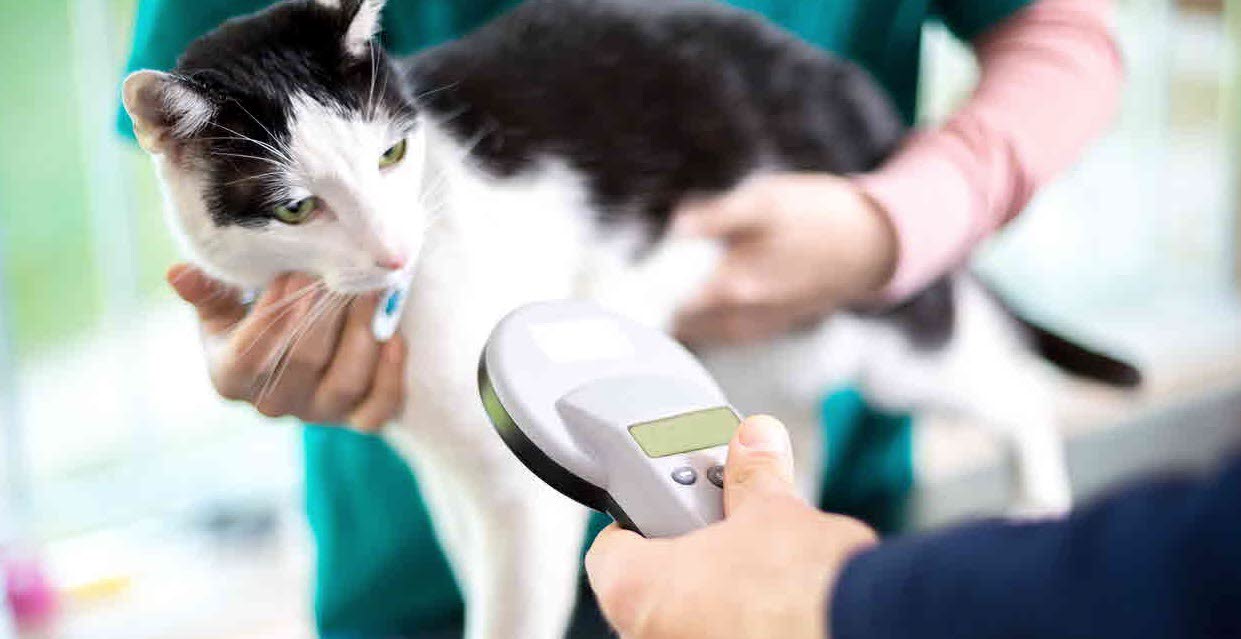What is microchipping and how does it work?

A microchip is a permanent method of electronic identification. The chip itself is very small – about the size of a grain of rice – and is implanted just under the skin, between the shoulder blades at the back of an animal’s neck. Each chip has a unique number that is detected using a microchip scanner. The microchip number is recorded on a database registry with details about the animal and owner. Should your pet become lost, veterinarians, animal shelters and local councils can scan your pet for a microchip and contact you via the database.
It is very important to keep your contact details up to date on the database so that if you move house or change your phone number you will still be contactable in the event of your pet becoming lost.
If a pet is transferred to a new owner, the new owner must ensure that their contact details are recorded on the database.
More information on the multiple microchip databases present within Australia can be found here.
Microchips are not only a great way of identifying your pet, but is also a mandatory procedure for dogs and cats in Australia in ACT, NSW, Qld, Vic, WA and from 1 July 2018 is also mandatory in South Australia.
Owners should also be aware that if you fail to have your dog or cat microchipped when required to do so, you may be issued with a penalty notice by the relevant government body in your state. Many pets will already be microchipped by the breeder or animal shelter prior to you bringing them home. Dogs and cats aren’t the only animals who can have microchips. Horses and our smaller pets such as birds and rabbits are also able to be microchipped.
Receiving a microchip is a minor and relatively painless procedure for your pet which should be carried out by a registered microchip implanter, such as your local veterinarian. It is also recommended that dogs and cats wear identification tags on their collar, these are a simple way for someone to contact you should they find your missing pet. But as these can easily be lost, microchipping is still the most reliable identification method for your pet.
